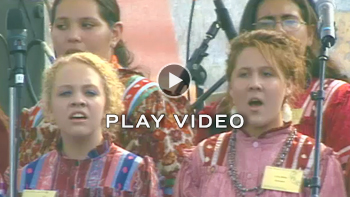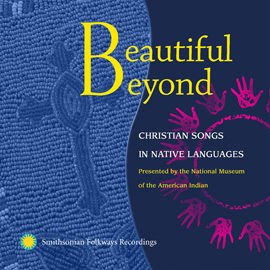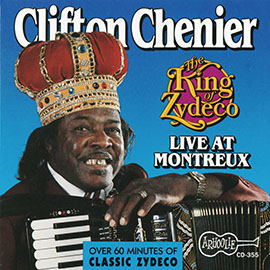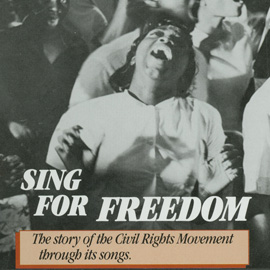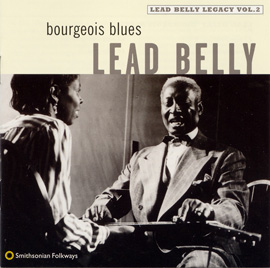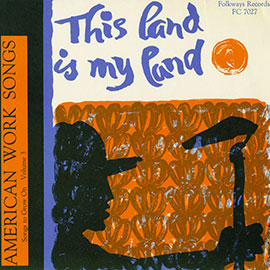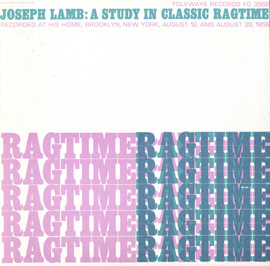Summary
The segments of this unit offer an investigation of the impact of circumstance on the music of a people through examination of several musical selections from the Five Nations heritage (Choctaw and Cherokee in particular) during and following the Trail of Tears of 1831 and 1838 respectively.
Suggested Grade Levels: 5-8
Country: United States
Region: Southeast, Southern Plains
Culture Group: Five Nations, especially Choctaw and Cherokee
Genre: indigenous, ballad, lament, dance
Instruments: Voice, drums, and hand percussion
Language: Cherokee, Choctaw, Muskogee language group vocables
Co-Curricular Areas: History, Social Studies, Visual Art, Dance, English, Creative Writing
National Standards: 1, 2, 3, 4, 5, 6, 7, 8, 9
Prerequisites: A basic understanding of musical notation - both reading and writing - as appropriate for grade level. Not required, but helpful—an introduction to American History and the culture of American Indians (also appropriate for grade level.)
Objectives:
- Students will listen to, analyze, and discuss several American Indian folk songs from the Five Nations Tribal Group with focus on Cherokee and Choctaw (National Standard # 6, 7)
- Students will sing several American Indian folk songs (National Standard #1)
- Students will add original instrumentation - composed but not notated - to a traditional American Indian folk song (National Standard #2,3)
- Students will read notation of American Indian folk songs (National Standard #5)
- Students will adapt and perform an American Indian folk song (National Standard #4, 5)
- Students will become familiar with American Indian folk music of the Five Nations and its relationship to history (National Standard #8, 9)
Material:
Audio technology to play recordings in the cla1ssroom, reproductions of materials for students, hand percussion instruments, technology to show still images and video.
Audio & Video Materials (all accessed via Smithsonian Folkways)
Image Materials (most accessed via The Museum of the American Indian and Smithsonian Folkways):
- "Beautiful Beyond" album cover & liner notes
- "Ball-play of the Choctaw" painting
- "Trail of Tears" drawing
- "The Family of Will. E. Morris..." photograph
- "Wenjamin Watkins" photograph: Watkins Family Archive (author's great-grandfather)
- "A Cry From the Earth" album cover & liner notes
- "Drum & Sticks..." artifact
- "Portrait of Will E. Morris with drum..." photograph
Lesson Segments:
- "Orphan Child": Expression of Sadness (National Standards #1, 5, 6, 7, 8, 9)
- "Pleasure Song": Triumph of Spirit (National Standards #1, 2, 3, 4, 5, 6, 7, 8, 9)
- My Story: Conveying Message and Mood Through Music (National Standards #1, 2, 3, 4, 5, 6, 7, 8, 9)
1. "Orphan Child": Expression of Sadness

“Orphan Child”
from Beautiful Beyond: Christian Songs in Native Languages (2004) | SFW40480
- Teach "Orphan Child" (see transcription and links to audio and video files below)
- Sing one short segment of the song on "la" and have children repeat.
- Continue to teach the song orally/ aurally segment by segment.
- Have students sing pieces of the song in smaller groups
- Model and encourage body movement to keep and feel the pulse
- Distribute sheet music for "Orphan Child"
- Ask students to study the score quietly ii. Are there any surprises 2in the way that the song is notated?
- There should not be any surprises, but the students' answers can reveal some confusion regarding music notation and/ or mishearing or incorrect learning of the song.
- Guiding questions:
- What is the time signature?
- What is the largest interval?
- Read through the "words"
- What language do you think this is?
- What do you think the meaning of the song is?
- Explain and discuss "vocables"
- Speak through the vocables - have students repeat
- Speak the vocables in rhythm with students
- Sing song in segments with vocables
- Show "Orphan Child" video from Smithsonian Folkways
- Discuss what the children saw and heard
- What did you see? (children, costumes, choir, etc.)
- What did you hear? (many voices, no instruments, etc.)
- Play video again and ask children to hum along
- Play video a third time and ask children to sing along
- Discuss context of song
- What can you infer from this video?/ Where are these children from? (another country, native, etc.)
- Accept all answers as students brainstorm possibilities. Their answers will reveal level of understanding and synthesis.
- What you are accurately able to infer from the video is that the children are in traditional clothing. Some students may guess that the children are American Indian but others may incorrectly guess that they are from another country.
- What do you think they are singing about? (sadness, anger, celebration are all possible answers - none are incorrect at this point)
- What do you know about American Indians? (tribal, controversies regarding treatment, etc.)
- What do you know about the Cherokee or Choctaw tribes? (southeastern, "civilized", etc.)
- What do you know about the "Trail of Tears"?
- Removal of American Indians in early 1800s to unsettled western land
- Many died during the move
- People uprooted - culture endangered
- Involved many different tribes (Five 'Civilized' Nations: Choctaw, Cherokee, Chickasaw, Seminole, and Creek)
- Choctaw were removed from Mississippi to Oklahoma
- Discuss elements of culture prior to removal
- Show painting of stick ball game
- What do you see? (Likely answers are: game, American Indians, Lacrosse, mountains, etc.)
- "Stick ball" or lacrosse was invented by the Choctaw and was popular among many tribes
- Notice the landscape in the background as well as the people
- mountainous
- fertile, green
- traditional clothing
- lots of people
- Mississippi
- Discuss the Trail of Tears
- Discuss the Trail of Tears
- Show drawing of the Trail of Tears
- How does it make you feel?
- What would it feel like if your whole family was forced to move three states away from where you live now?
- What if you had to walk there?
- Post Trail of Tears
- Show photograph of Choctaw family on porch of their home
- Discuss what students see in the photograph
- Photograph is post-trail of tears
- Note - although this photo is taken in Mississippi (not Oklahoma) post-Trail of Tears, the relative poverty and change in dress, demeanor are indicative of the effects of the Trail of Tears
- Plains land
- Anglicized clothing
- Optional: show photograph of Wenjamin Watkins (see below: American Indian cowboy on steer)
- Discussion could include how the essential diet, vocation, and available natural resources of the Choctaw changed drastically following the Trail of Tears
- Connecting to the song:
- Now that we have discussed the context of the song, let's sing it again.
- Now that we know the context and have reviewed the song, let's watch the video again.
- What do you think this song is about? (games, moving, etc.)
- What are some musical elements you have noticed? (tempo, articulation, dynamics, rhythms, harmonies, etc.)
- Accepted legend indicates that this piece was created during the Cherokee Trail of Tears and the author is unknown.
- The style of the opening (monophonic) line most closely resembles how it might have sounded in its original incarnation, but this version uses much less ornamentation and much more strictly aligned rhythmic sensibilities.
Assessment: Students will demonstrate their learning through notable progress in the entrainment of "Orphan Child." Regardless of each student's beginning level, there should have been growth during the lesson so that the song is either mastered and memorized or at least moving toward that goal. Students should participate actively in discussion. Students should be able to make connections between the context discussed and the inferred mood of the song. Students should be able to accurately identify a number of musical elements of the song.

2. "Pleasure Dance": The Triumph of Spirit
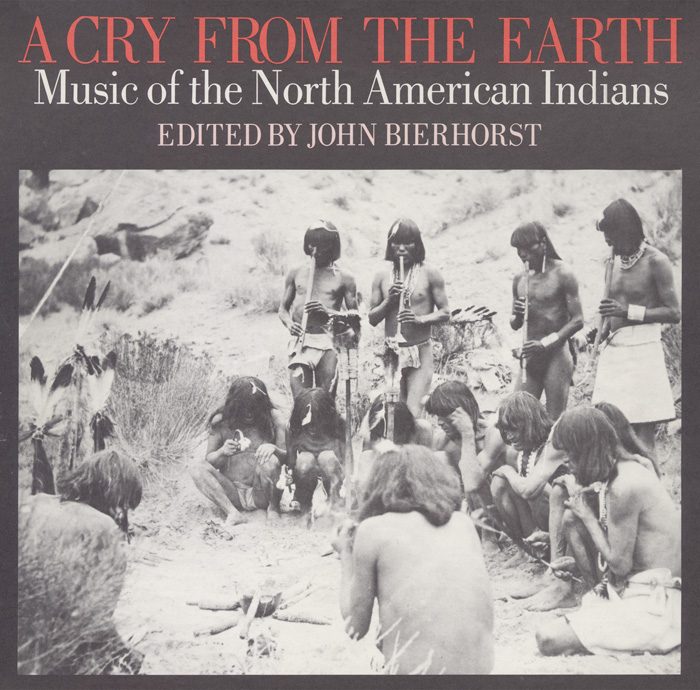
“Pleasure Dance”
from Cry from the Earth: Music of the North American Indians (1979) | FW37777
- Review and reinforcement of "Orphan Child"
- Oral/ aural review by segment with vocables
- Refer back to printed music and review while reading
- Show video of "Orphan Child"
- ask if students had any additional observations or thoughts
- either in between class sessions or while watching the video in a new lesson
- Teach "Pleasure Dance"
- Have children sit in a circle
- The center of the circle can feature several large or small drums but the children should be instructed not to use them yet.
- Sing one short segment of the song and have children repeat.
- Continue to teach the song orally/ aurally segment by segment - there are three.
- Have students sing pieces of the song in smaller groups
- Model and encourage body movement to keep and feel the pulse
- Listen to recording of "Pleasure Dance"
- What do you hear? (one voice, man, etc.)
- What is similar between "Orphan Child" and this piece? (vocables, repetitive, etc.)
- What is different? (faster, not as "straight", one voice, etc.)
- Context of song
- Review context of the "Trail of Tears" discussed earlier
- Song title: "Pleasure Dance"
- What do you think the mood of this song is and why?
- Now that we have discussed the song context, let's sing the song again. How does the meaning change how you will sing the song?
- How can we enhance and further illustrate the mood we are trying to convey?
- Percussion
- Give students time to experiment with the instruments in front of them. This would include whatever instruments are available in your program, preferably membranophones and idiophones rather than aerophones or chordophones. If you have limited access to instruments, "found sounds" can be utilized. These might include binders, pencils, tables, cans, bottles, etc. Alternatively, corpophones are a good option for this activity (pat the chest, hand claps, foot stomps, thigh slap, etc.)
- After a moment - use a large, low drum (or a resonant foot stomp) to beat a steady pulse - the students should begin to join you. If they don't, walk around and play in front of them, making eye contact.
- Once all students are beating a steady pulse, begin singing "Pleasure Dance" over the pulse.
- Invite students to sing with you.
- As the students internalize the beat and the melody, begin to improvise on percussion
- Stop the group - give positive feedback, then divide the students into small groups and instruct each group to create a rhythmic ostinato that might work with the melody.
- Bring all groups back together and show photographs of Choctaw with instruments (see below).
- Have each group present their ostinato while the other groups sing the melody line.
Assessment: Students should demonstrate their learning of "Orphan Child" by making connections to "Pleasure Dance", recalling the melody and rhythms learned in prior sessions, inferring mood connections and contrasts as well as contextual elements. Students should demonstrate their learning of "Pleasure Dance" by expressing notable growth in the attainment and entrainment of the song. Students should be able to keep a steady pulse, identify when a steady pulse emerges, and create rhythmic patterns that fit within that pulse. Students will create a rhythmic ostinato collaboratively - each contributing a pattern while ensuring that the overall texture functions well. Students will further demonstrate proficiency with "Pleasure Dance" through singing the melody as each ostinato group demonstrates its creation.

3. My Story: Conveying Message and Mood Through Music
- Review of "Orphan Child" and "Pleasure Dance"
- Watch the video clip of "Orphan Child"
- Listen to the recording of "Pleasure Dance"
- Do you notice anything new that you hadn't noticed before?
- In small ostinato groups:
- "Orphan Child"
- Review "Orphan Child" vocals as a large group while sitting with small group
- Review "Orphan Child" vocals as a small group
- Small groups perform for each other and engage in teacher-guided feedback
- "Pleasure Dance"
- Review "Pleasure Dance" vocals as a large group while sitting with small group
- Review "Pleasure Dance" vocals as small group
- Small groups perform for each other and engage in teacher-guided feedback
- Review "Pleasure Dance" original ostinato accompaniment in small groups
- Small groups perform for each other while other groups sing and engage in teacher-guided feedback
- Conveying your own story/mood
- Each student should choose one of the two American Indian pieces studied
- Students should write their own lyrics to set to the given tune - the lyrics should match the intended mood of the original piece
- Teacher should move from student to student and check in regarding progress.
- When finished, students return to their ostinato groups and teach their original lyrics to other members of their small group.
- Small groups would then perform the various original creations for the rest of the groups and engage in teacher-guided feedback
- Optional: The next step, depending on the level of the students would be to ask students to add ornamentation, hand and body percussion accompaniment, and, finally, to extend their pieces beyond the excerpt given by adding on measures in the style of the original piece.
Assessment: Students should demonstrate mastery of both selections when singing in both large and small groups. Students will work collaboratively and should demonstrate learning through the application of their personal experiences to the given tune in an appropriate mood. Students will demonstrate learning in extending the given excerpts by creating original measures of music with which to extend the excerpt.
Optional Extensions:
- Connection between Southeastern American Indian music and Deep South Blues.
- In small groups, have students compose dances to go with the ostinato created by another group.
- Investigate and discuss other visual art related to the Trail of Tears.
- Have students create visual art that expresses what they understand the songs to mean.
- Have students create visual art that expresses what they intend to convey with their original text.
- Investigate the effects of American enculturation and conversion to Christianity on the music of the Choctaw. Compare and contrast musical elements in "Pleasure Dance" (more free-form) to "Orphan Child" arranged for children's choir and released on sacred music recordings.


